What is a dental bridge? A dental bridge is used to close the gap in your teeth and give you a full healthy smile. A traditional bridge is made of two crowns. One either side and an artificial tooth also known as a pontic to fill the gap.
Why might a bridge be suitable for you?
Not only will a dental bridge restore your smile, it will also restore your ability to chew and speak. Also, when a tooth is missing for prolonged periods of time, the surrounding teeth may shift slightly from where they are meant to be. In the following blog I will discuss the different types of bridges and the differences between them.
What are the different types of bridges?
Fixed Bridge
For this type of bridge, it is required that the teeth either side of the gap be reduced of tooth structure around and on top. This to create a base for which the crowns will be bonded to the abutment teeth with a special type of cement. After the bridge is complete the crowns placed on either side will bring the abutment teeth back to their original shape. Fixed bridges are most suitable to restore gaps of multiple missing teeth at the back of the mouth such as molars of premolars.
Advantages of Fixed Bridge:
- Strong and durable
- Look like your own original teeth
Disadvantages of Fixed Bridge:
- Enamel must be removed from the supporting teeth
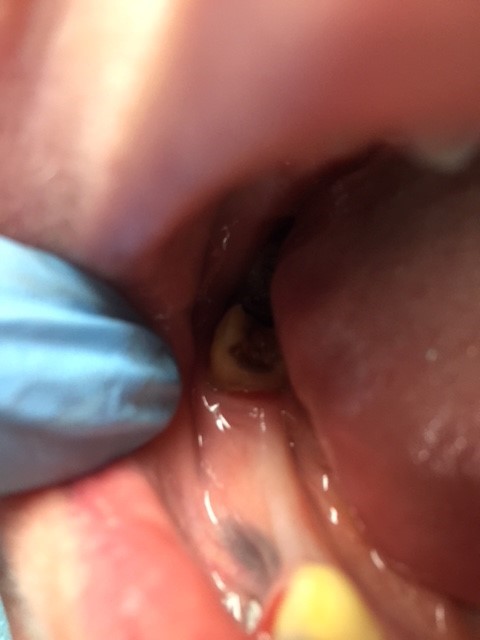
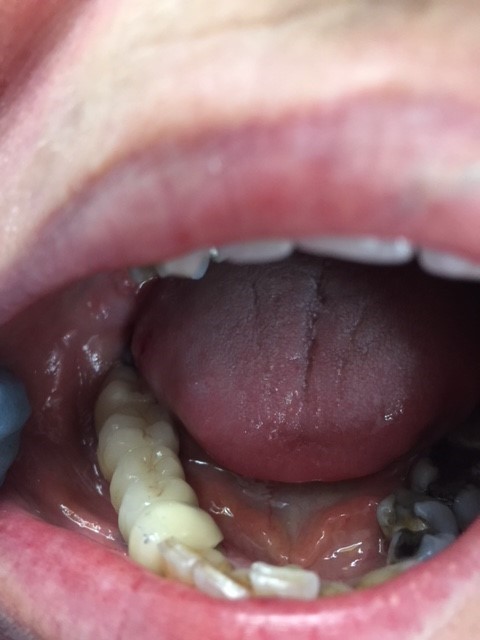
Cantilever Bridge
This is where only one abutment is used. A cantilever is for when you only one tooth missing. A crown is attached to one tooth beside the gap and the pontic basically hangs off of the abutment.
Advantages of Cantilever Bridge:
- Only one supporting tooth is crowned
- No visible abutment
Disadvantages of Cantilever Bridge:
- Less retention as only has one tooth as support
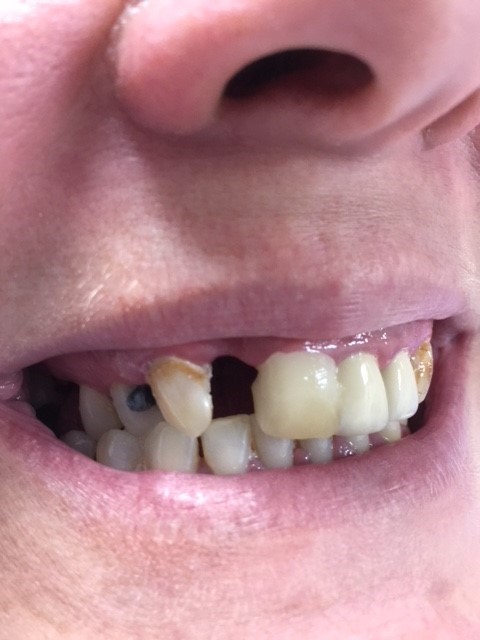
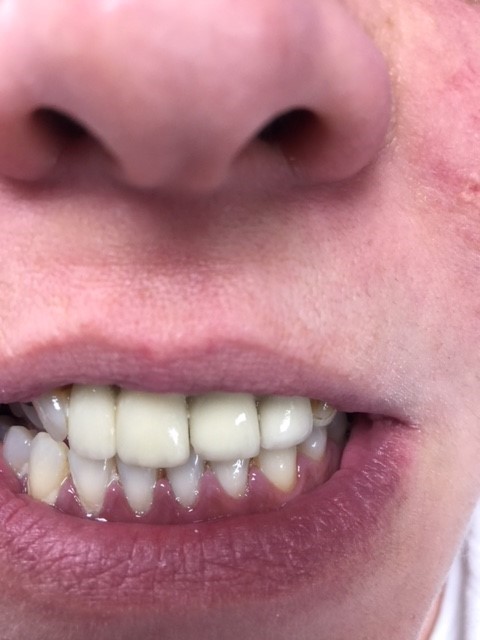
Maryland Bridge
The Maryland Bridge is known by many different names such as bonded or adhesive bridge. This the most conservative when it comes to process and cost. The abutment teeth have little prepping and the pontic is basically cemented on to the abutment by metal wings. The Maryland Bridge is most suitable for lower incisors and upper anterior teeth.
Advantages of Maryland Bridge:
- Preserves the supporting teeth
- Usually only require two visits
Disadvantages of Maryland Bridge:
- Over time the adhesive might weaken
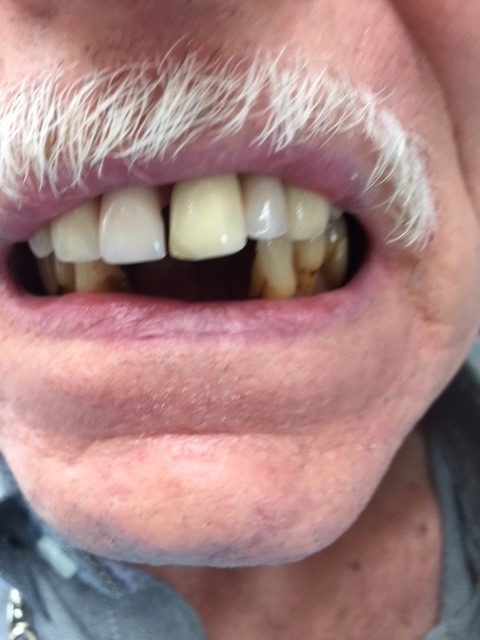
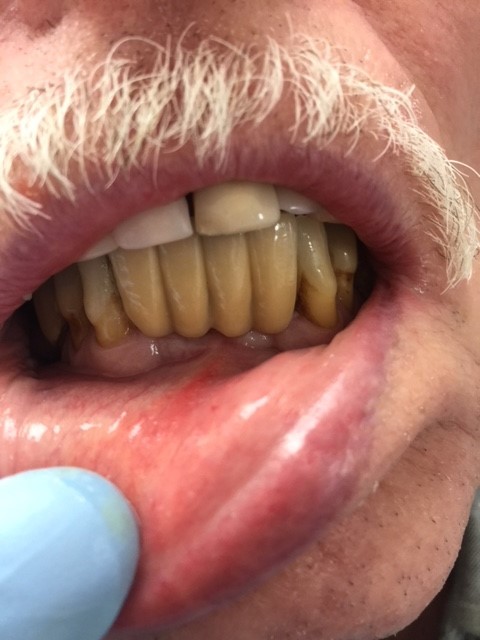
Summary:
Though bridges are an excellent fixed solution to replace missing teeth. However, implants are the golden standard for restoring a gap without jeopardizing the supporting adjacent teeth.
To qualify for a dental bridge, the teeth around the gap must be healthy enough to support the structure. If you aren’t sure about whether or not this may be right for you, I advise you book a consultation with your dentist (Telephone no 01842810752) and you can discuss all your available options.
